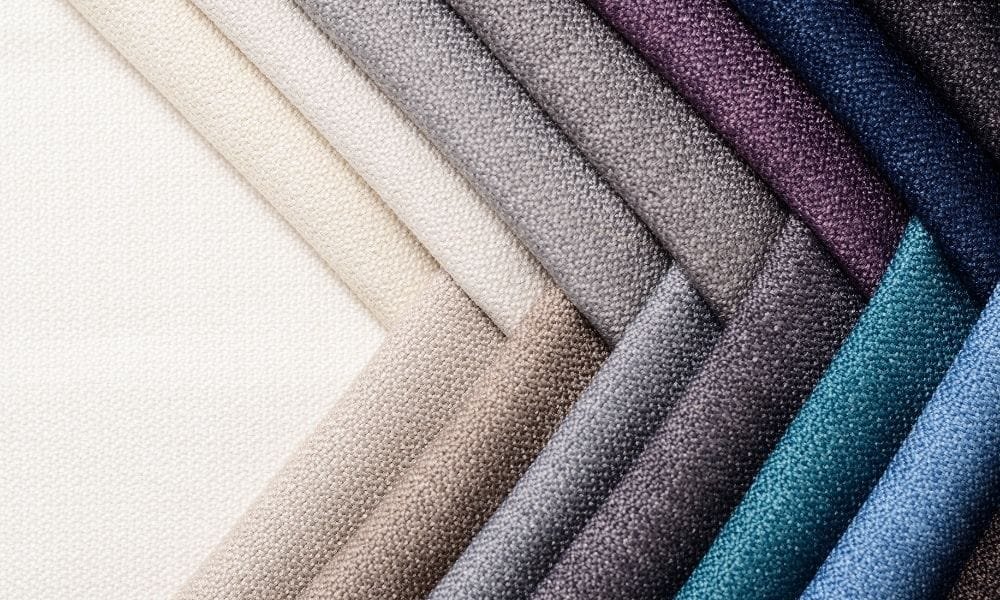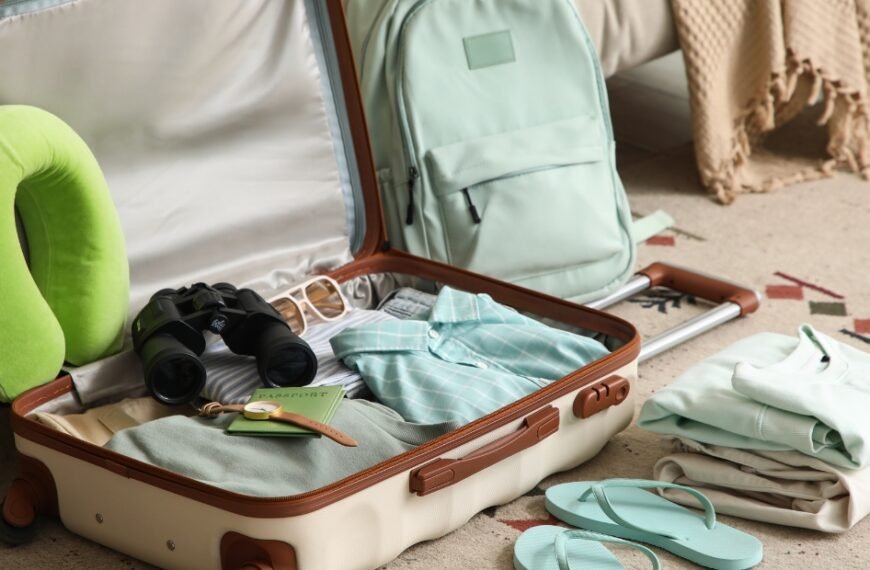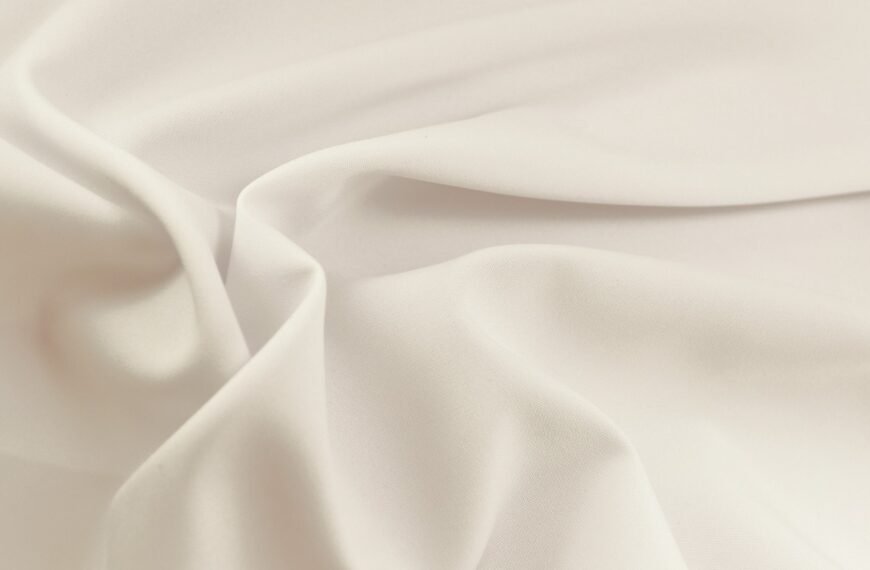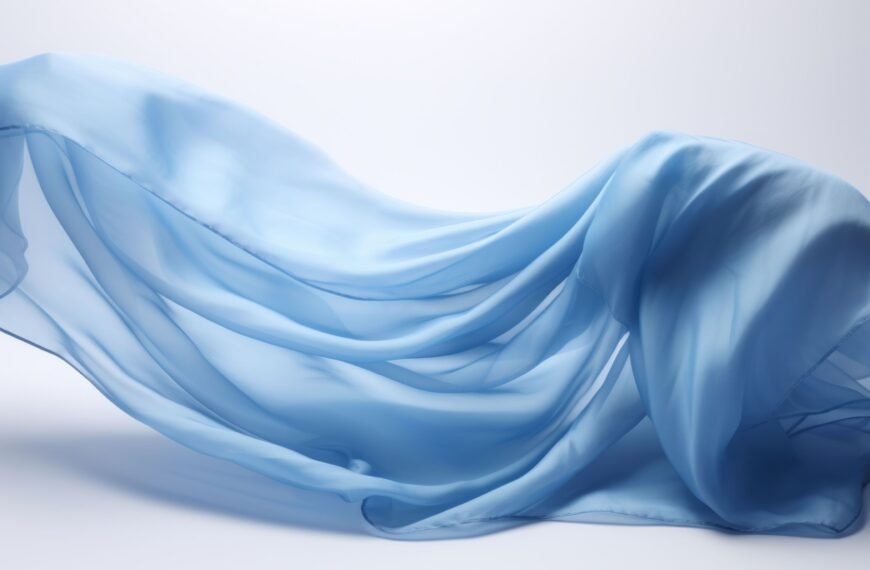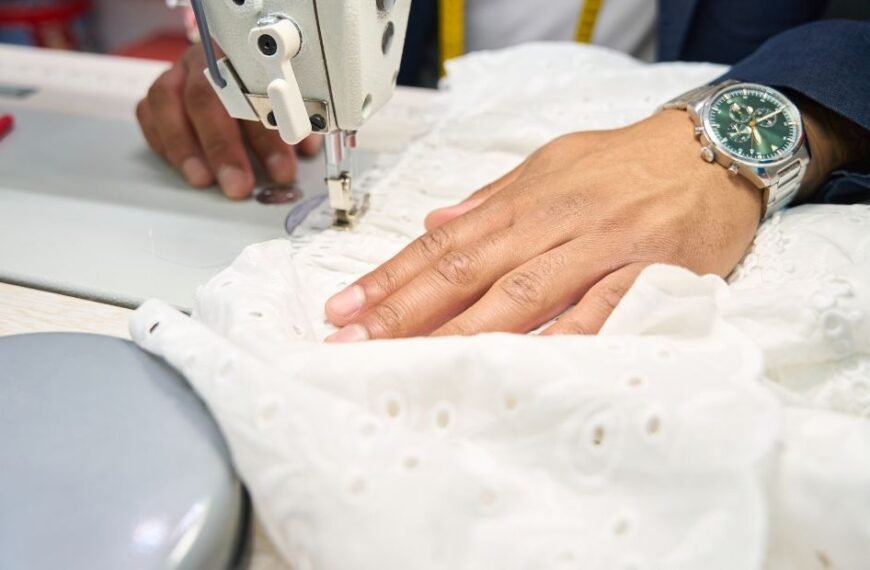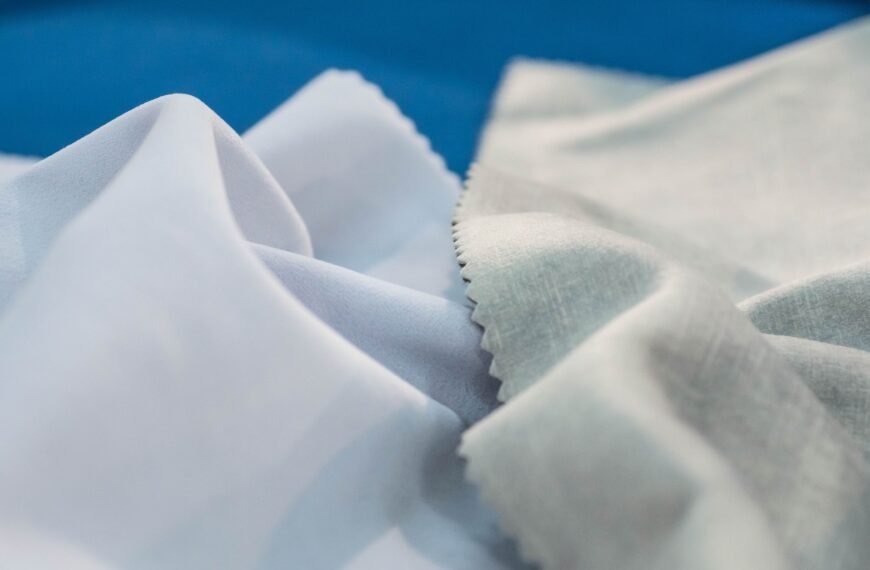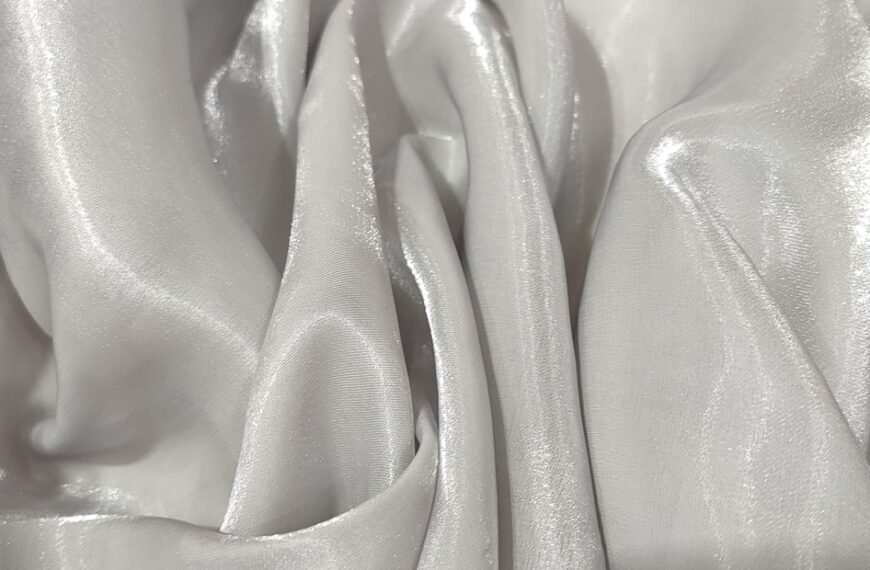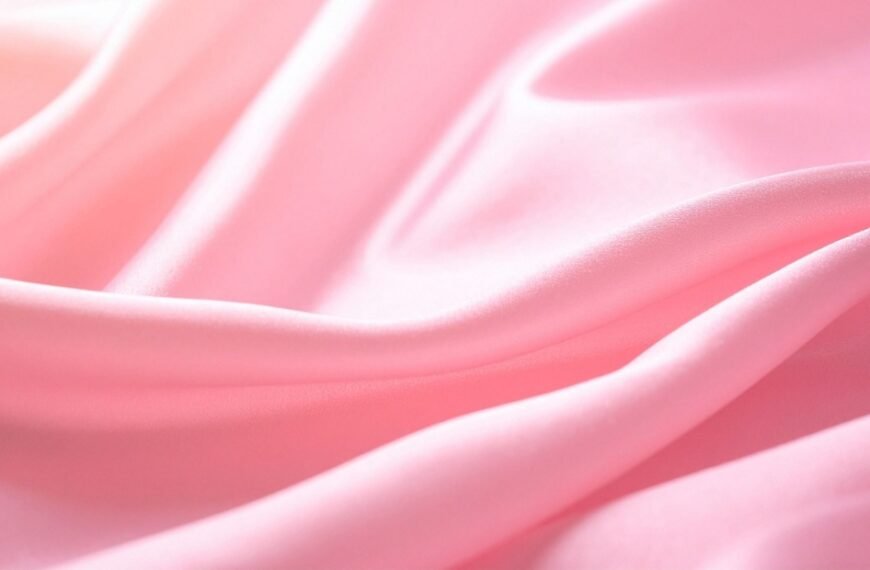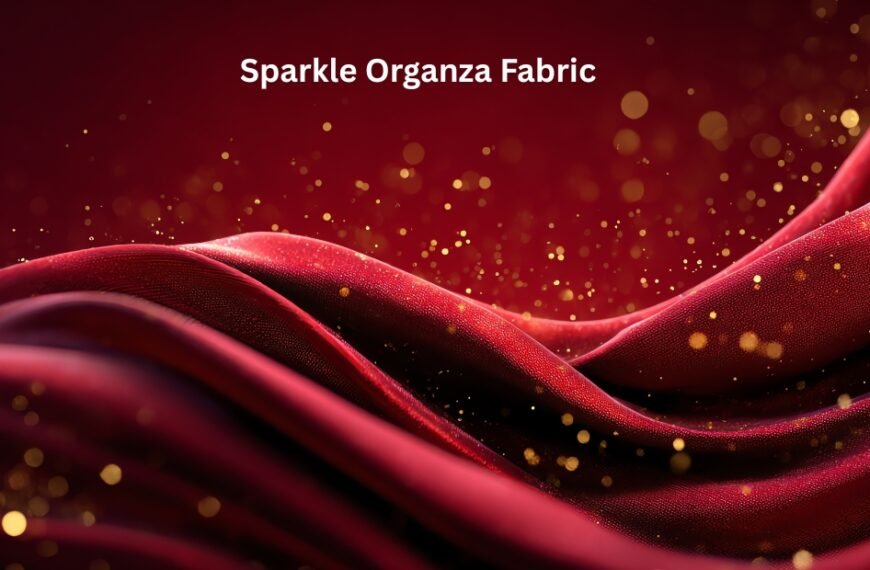From time immemorial, linen fabric was used to make textiles. It has a long history of use valued for its properties and multi-functional uses. But what is linen fabric made from and why does it continue to thrive in modern era?
In this article, we will delve into the details pertaining to linen fabric, including its history, manufacture, benefits, and applications. By the end of this article, you will know all about linen, its benefits, and its necessity in modern fashion and design.
The Origins of Linen Fabric
The fibers from a flax plant is used to make linen. Valued for its tall and narrow stalk, flax has been grown for about 8000 years. Ancient Egyptians were one of the first civilizations to put linen fabric into use due to its lightweight, tough and cool features it offered in the merciless desert temperatures. The fabric later spread across Europe, Asia and became a base fabric for clothing and home textiles in other parts of the world.
The Method of Manufacturing Linen Fabric
Linen is a natural fiber that linen fabric is made of, unlike artificial fabrics which are made from chemicals. To start making linen, flax plants are harvested first. After harvesting, the fibers of the flax stalks go through a process termed as retting. The rest of the process includes breaking, spinning, and weaving, which makes it into linen fabric.
The linen fabric goes through some labor intensive procedures which takes weeks, but the effort is well worth it since the quality and durability of linen fabric exceeds all expectations.
Benefits and Key Characteristics of Linen Fabric
Linen fabric is well known by fashion designers and interior designers for its distinct benefits. These qualities in the fabric have contributed to its popularity over the years.
Breathability
Of the many advantages that linen fabric has, its breathability features is the most important. It has high absorbent qualities and allows air to freely circulate. This characteristic makes it perfect for summer since it keeps the wearer cool and comfortable. Moreover, because of the fibers in linen, the fabric is able to wick moisture away from the body, making it perfect for summer clothing.
Durability
It is evident that linen is a strong fabric and its fibers are associated with strength. To put it into context, linen has a greater strength compared to cotton and can certainly endure the test of time. As long as it is maintained appropriately, the integrity of linen fabrics is able to persist for many years.
Natural Texture and Appearance
Linen is different from other fabrics as it has a distinctive texture. It is slightly crisp and has a textured touch which, with use and washing, softens. The fabric possesses a beautiful natural sheen which provides a luxurious and sophisticated appeal.
Hypoallergenic Properties
Linen fabric is skin friendly in nature which makes it suitable for people with delicate skin. Furthermore, the fabric has the capability of resisting bacteria and mold, making it effective with allergies.
Sustainability
Linen is a green fabric. Linen production has a lower sustainable impact as flax plants consume less water and pesticides in comparison to other crops. Moreover, as linen is biodegradable, it will not add to pollution for many years to come.
Common Uses of Linen Fabric
In addition to fashion, profiling the entire range of industries, it is used commonly because of its durability, breathability, and appealing looks.
Linen Wear
When we think of linen fabrics, we associate them with summer clothes. Blouses, dresses, pants, and even suits made of linen are common in summer wardrobes because they are light and quite cooling. This type of fabric is popular for resorts and getaway clothes due to its capability of keeping someone comfortable in the heat. Furthermore, linen is also utilized in elegant evening dresses moderated for a casual look.
Linen Use for Home Items
Linen is popular not only in garments, but is a widely used fabric in home textiles. Some of the items that are very much in demand include linen sheets and pillowcases because of their soothing and airy nature. Furthermore, linen tablecloths and napkins, as well as curtains, also bring a naturalistic and elegant touch to home furnishings.
Linen Usage in Furniture and Interior Designing
Because of its strength and perfect finish, linen fabric is mainly utilized for upholstery. The unrefined texture of the fabric gives character to the surroundings. The ageless beauty of linen cushions, throws, and slipcovers can transform a living area.
Guidelines for Maintaining a Linen Fabric
Looking after linen fabric needs some level of focus, nevertheless, it is quite indeed beneficial. If proper measures are taken, linen clothes and home textiles can be kept for long periods of time. Below are a few pointers on caring for linen fabric:
The linen washing procedure.
Linen tends to be more forgiving: it can be machine washed, hand washed, or even a delicately dry cleaned. Line or tumble dry only if necessary. Avoid using high temperature wash cycles or soaking linentex. Use cold or lukewarm water. For all laundering cycles, it is best to use a mild detergent. For general washes, it would be best to wash with other linens to prevent color bleeding.
Keeping linens dirty: drying phase.
Following a wash cycle, tumble dry silicone is preferred on most linen fabrics. For most linens, flat drying is acceptable. Gently squeeze the garment to remove excess moisture, but don’t wring it as it will loose its structure.
Linen has a natural insulating property, which firmly results in wrinkle proneness. If one wishes to have these wrinkles removed, the most effective is to further dampen the item with water followed by light iron with medium temperature setting resulting in smooth finished garment. If one prefers a more relaxed wear, wrinkles can be embraced.
Why Pick Linen? Differentiating between linen and other fabrics.
When using linen, its clear to see the differentiating characteristics it possesses in comparison to cotton or polyester.
Linen Versus Cotton
Both these fabrics share the same natural fibers but linen is more durable, breathable, and pliable than that of cotton. The composition of linen makes it light and extra moisture absorbing, hence it is ideal for hot conditions. Unfortunately, cotton tends to be soft right out of the box while linen gets softer with washing and use over time.
Linen Versus Polyester
It is a generally known fact that polyester has a competitive edge over linen in terms of cost and resistance to wrinkles. Being a synthetic fabric, polyester lacks breathability and comfort, irritants that linen does not possess. Because of the distinct qualities of linen such as its hypoallergenic characteristics, it stands out and becomes the ideal choice for people who seek comfort in breathable and environmentally friendly fabrics.
Looking Ahead Fabric Of Linen
Given the fabric is eco friendly, it will be in high demand as more people become aware of the benefits towards the environment while maintaining the same quality in the fashion and textile industry.
Furthermore, advances in linen textile manufacturing and designing are increasing the scope of how linen fabric can be used. From blending linen with other natural fibers to producing low wrinkle fabrics, the future of linen is indeed bright.
Conclusion
Linen fabric’s history is as rich as its unmatched qualities and countless applications. Linen has been widely used by people all over the world for its natural breathability and eco-friendly properties which makes it the fabric of choice for those seeking comfort, durability, and sustainability. Be it clothes, home textiles or upholstery, the timeless appeal of linen assures that it will continue to be a fabric used by people for generations to come.
Having understood the qualities of linen fabric and its benefits, it is now possible for you to include this natural fabric into your wardrobe or home decor. Enjoying the coolness of a linen summer dress or luxuriating in linen sheets with the unmatched comfort and style this material brings is something you will cherish.
